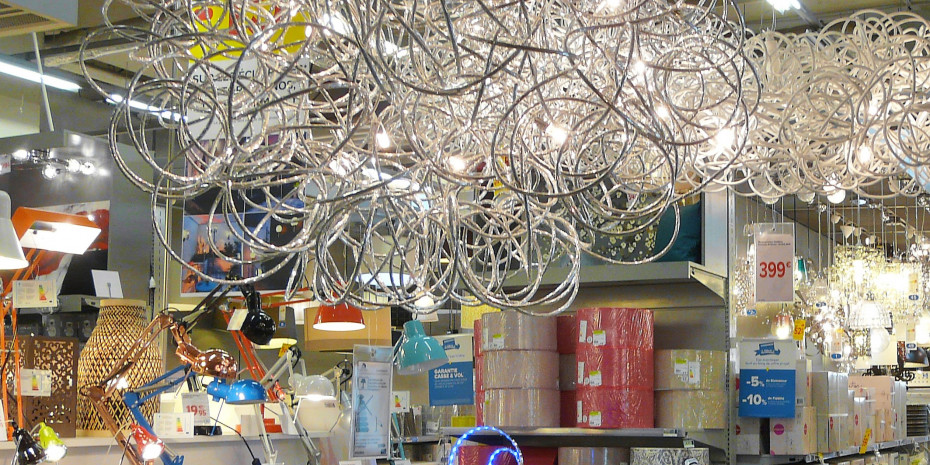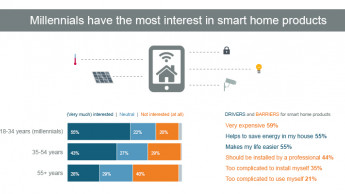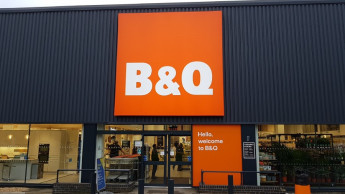The market and retail specialists at Cologne company Marketmedia24 have analysed the initial changes in the German market in their latest industry report "Luminaires and lamps 2016". The results from the biggest European market are certainly suitable as a trend indicator to be adapted to the situation in other countries. German consumer expenditure on household luminaires increased by 17 per cent between 2010 and 2015, and business models and added value are changing in parallel.
Consumers who still think in watts but have to buy in lumen are seeking guidance. This applies especially to exploiting the options up to the integration of lighting into the smart home.
After LEDs and OLEDs, lighting usage in the private sector is now entering the next stage of development in the luminaire and lamp industry with Smart Lighting and Human Centric Lighting (HCL - lighting intended to be conducive to human health and well-being).
Although the energy saving argument continues to play a role, a paradigm shift is taking place. Technology and energy are taking a back seat as key factors and convenience and utility are increasingly dictating the marketing strategies of the lighting industry. The Lighting Europe association, which sees a not inconsiderable economic benefit in human centric lighting design, aims to focus more closely on people. The German Electrical and Electronic Manufacturers' Association (ZVEI) is more specific in its predictions, forecasting a take-up in HCL of 20 per cent in the health sector and 13 per cent in office buildings by 2020.
After the trials and tribulations of the…










